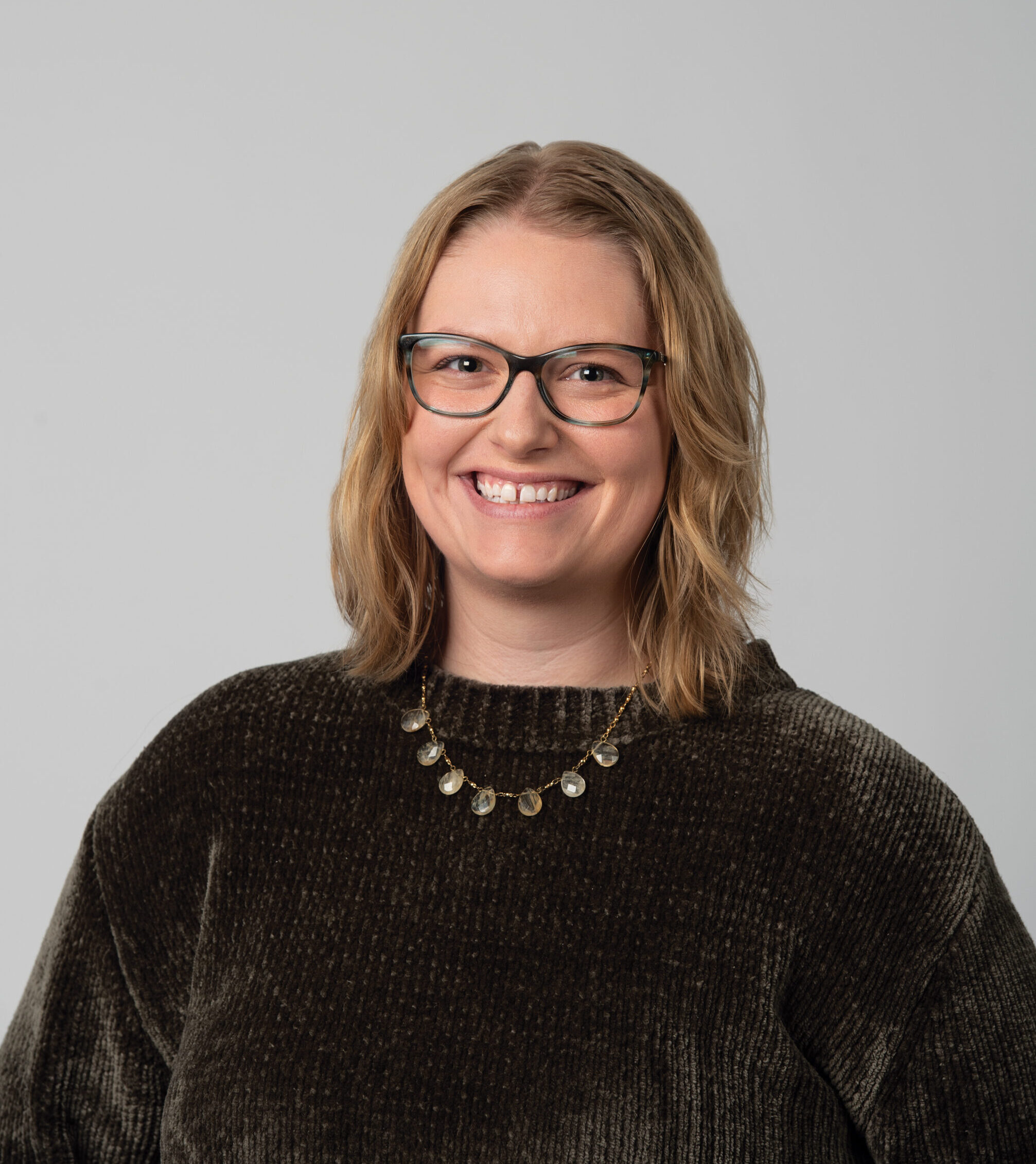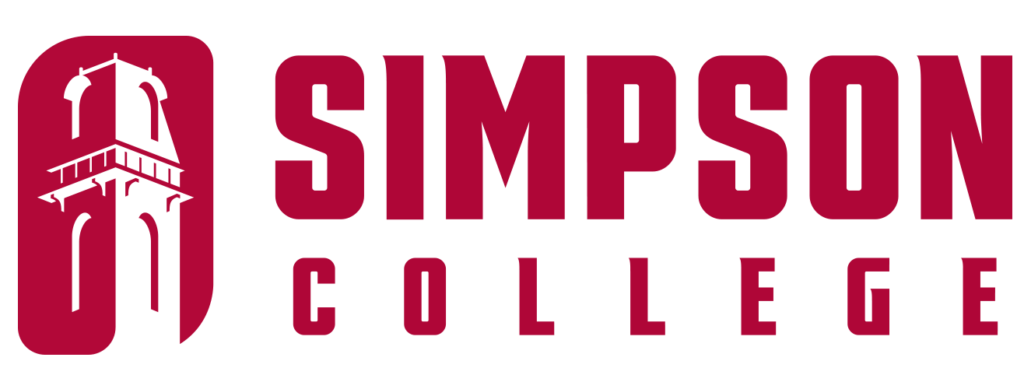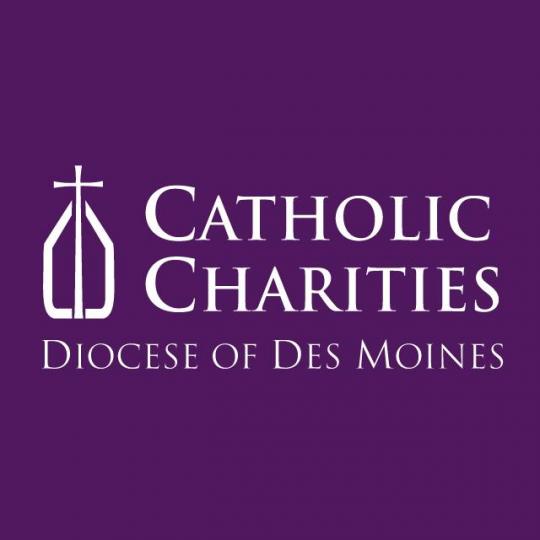By Degrees Foundation’s asset-building program supports long-term saving for post-secondary education
CEO Emily Westergaard says program helps students 'identify' with higher education, careers

Sarah Diehn Dec 6, 2023 | 8:25 am
5 min read time
1,144 wordsAll Latest News, Education, Nonprofits and PhilanthropyEngaging students with their options for post-secondary education and the workforce as early as kindergarten has been part of the By Degrees Foundation’s philosophy since its founding in 1990.

The education nonprofit, formerly known as the Des Moines “I Have A Dream” Foundation, centers on creating “the systems to support the schools” to ensure students graduate from high school and are equipped to make informed decisions about their post-secondary options, By Degrees CEO Emily Westergaard said in an interview.
“We take a very long-term proactive approach and we really build our entire methodology around the understanding that you can’t walk into a 10th-grade classroom and say, ‘Hey, what are you going to do after high school?’” Westergaard said.
By Degrees initially partnered with single grade levels in Des Moines schools to support students’ academic achievement and career readiness from elementary school through to their senior year of high school.
Westergaard said after seeing the improved outcomes from the early cohorts around 2014, the nonprofit began scaling to serve entire schools in the district. The organization currently serves students at Findley Elementary School, Harding Middle School and North High School.
Among the additions to By Degrees’ programming was the establishment of a 529 savings account program to help support students’ engagement in school and build their financial capacity. It is the first “asset-building” program of its kind in Iowa, Westergaard said.
A 529 savings account is a tax-advantaged savings plan that provides a dedicated place to set aside money for educational expenses. Westergaard said 529 accounts are a resource lower-income families may not otherwise know about that can help address the wealth gap and poverty long term by supporting saving for higher education early.
Since the program started in 2015, By Degrees has invested $312,000 in over 600 accounts it owns and manages for students, the organization announced recently.
How the program works
Starting in kindergarten, every student at Findley can open a 529 account through By Degrees, which finances the accounts through its fundraising efforts.
Students can earn up to $200 each year by reaching academic and personal milestones that are determined in partnership with school administrators and can be adjusted to align with the school’s goals, such as increasing attendance or participation in extracurriculars. Students continue adding to their account if they attend Harding and North with the potential to earn up to $2,600 by the time they graduate.
Currently, only students who started at Findley are eligible for the 529 program. By Degrees is raising $1.5 million to make the program available to all students at Harding and North.
Money from students’ accounts can cover educational expenses, from tuition and room and board to tools for a trades program or culinary school, but Westergaard said the program influences more than just the cost of higher education.
By Degrees developed its 529 program from University of Kansas research, which shows that students with $500 set aside in a dedicated 529 account were four times more likely to graduate from post-secondary education.
“We know that $500 probably does not cover a lot, but I think the real power of these accounts is that they help students identify as college-going [as well as the fact] that they have been talking about it for so long,” Westergaard said.
Effects of starting post-secondary, career education earlier
Paired with By Degrees’ other programming, the 529 account offering contributes education and experiences that support students’ decisions after high school. Westergaard said every grade level starting in kindergarten visits a local college because elementary school is the time when students are especially interested in the different possibilities for their future.
The consistent exposure over time helps them “connect the dots” to understand where different pathways will take them, she said.
“I think a lot of times we assume that kids and families understand why education after high school is important and we also assume that kids understand why they’re in school,” she said. “We’re just kind of backing up a little bit, making sure that we’re meeting kids and families where they’re at and having those conversations so that they are making more informed decisions.”
Westergaard said asset-building programs like By Degrees’ can also help students’ families build their financial capacity and awareness, but they are often uncertain about the opportunities post-secondary education provides and if it is an option for their family financially.
“When we first launched 529 plans we heard from a lot of families who were anxious about talking to their students about college,” she said. “I remember one parent said to me, ‘It’s not fair to talk to my kids about college, because we’ll never be able to afford it.’ There’s so much news about the cost of higher education and a lot of conflicting messages, combined with confusing jargon.”
By Degrees started holding an annual financial literacy event in response where they discuss the different types of higher education and help families better understand how financial aid can reduce costs.
Westergaard said By Degrees’ “big call” to employers and the community is to start engaging students at younger ages. Introducing opportunities earlier in their education helps “tell the story” and expose them to what it looks like to do different jobs and how they can get on those paths.
“That’s a real opportunity for businesses because we all as a community need to understand what our pipeline of workers is going to look like in 15, 20 years,” she said. “We have an incredibly talented, diverse, wonderful group of kids that if we can expose them to all of those opportunities, and if we can create the access to those opportunities, we’re going to have an incredibly rich workforce and community and neighborhood in the future.”
Evaluating the impact of 529 accounts
Anecdotal effects of the 529 program are coming into view as the oldest students who have accounts get closer to decisions about their next steps. The oldest students with 529 accounts are freshmen in college this year and are starting to use the funds for their education. Others who are starting high school at North this year are arriving “ready to explore their options,” Westergaard said.
But the nonprofit is also in the process of setting up a plan so it can start to measure and evaluate the impact of the program. By Degrees is working with an external evaluator to collect and evaluate anonymized data that will “help us ensure that our program is focused on the most effective activities,” she said in an email.
“We’re in effect creating a unique opportunity to look at student outcomes and compare students who have 529 plans with their peers who don’t. We’ll also be assessing academic outcomes, attendance, and feedback from students, families, and teachers at our schools,” she said.
Recent national data on the impact of 529 accounts is available here.

Sarah Diehn
Sarah Diehn is editor at Business Record. She covers innovation and entrepreneurship, manufacturing, insurance, and energy.










